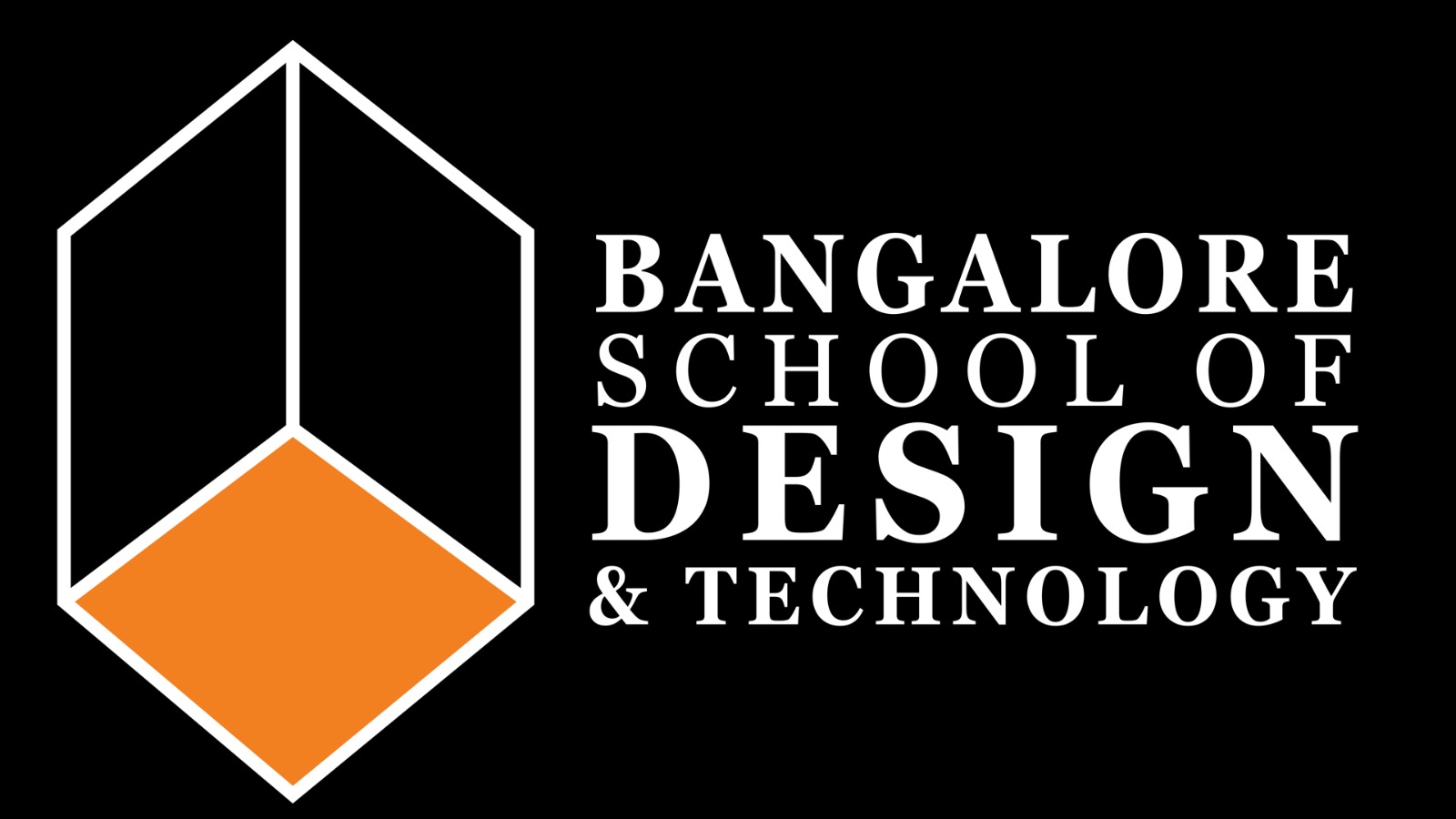BSD’s Featured Project of the Week
Company: Nihal Zaki interiors
Project: Apartment by the Nile
Location: Cairo, Egypt
The First Sight
As one enters the reception area, lit by the golden rays of the sun filtering in through the huge glass windows, they’re welcomed by a customisable bar cabinet. The Magnet Banquette compliments it beautifully. It is, inevitably, Nihal Zaki’s tour de force, segregating into four mini banquettes and regrouping by hidden magnets. The wall boasts of Asian fusion panelling, octane blue sofas, and all other pieces of furniture polished and carefully chosen to compliment the magnum opus – ‘the Golden Tibet Panel’. Moving on, one would find beautiful Egyptian works of art and Murano chandeliers adorning the dining room.
Nihal Zaki Interiors was approached by a young couple with two toddlers. Their primary descriptions included functionality, elegance, and a safe environment for the children. They wanted a house to complement the beauty of the Nile. Big windows and a contemporary design was what they initially described.
The Inspiration
An old family heirloom, a Tibet gold-leaf engraved paravan, that the lady of the house had inherited was something the designer couldn’t ignore. One could say the house was built around that pretty wall hanging, currently displayed in the reception area.
The glistening beauty of Nile had an important role as well. The desperation to let the Cairo sun light up the interiors and an expansive view of the Nile led to this masterpiece.
What Were the Main Challenges the Interior Designers Ran Into?
Throughout the development stage, the client was pregnant with her second baby. This meant that there were a lot of rules to follow when it came to pollution, chemical hazards, noise levels, and more. Due to the client’s inability to move out much, the studio had to follow strict time schedules and had to ensure environment safety as its first priority.
Accomplishments and Highlights
Timeless art pieces by the Egyptian painters of 1950 adorning the dining room and the Art Deco black and white wallpaper complementing it is by far, one of the most breath-taking parts of the project. The hieroglyphics, pyramids, and sphinxes make for an alluring sight.
Being featured as a finalist in the SBID International Design Awards is indeed an accomplishment worth mentioning. A prestigious award in the world of interior designing, it has evolved as the very medium of international peer to peer interaction and networking. To be a featured nominee in the SBID International Design Award is synonymous to being a timeless, inspiring piece of art that speaks beyond its bricks and mortar.
